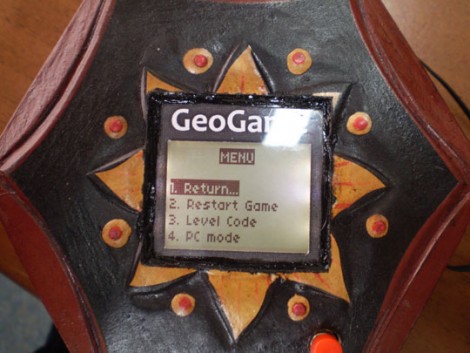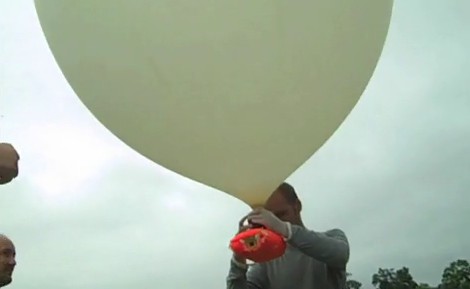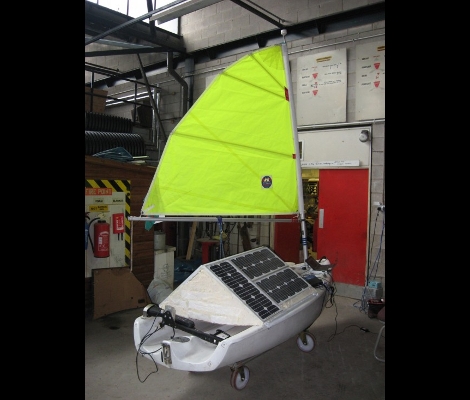If you use the Google Maps Mobile function then the big G knows where you are even if your phone doesn’t have a GPS module in it. So the next time you want geolocation capabilities in a project consider building around GSM functionality which can also be used for Internet connectivity. That’s exactly what this module does and luckily the hard work has already been done for you.
The method really hinges on a couple of things. First of all, any GSM capable device knows the information about the cell it is currently communicating with. Secondly, Google knows the coordinates of radio towers used in the cellular mobile network. A little bit of data sniffing on Google Maps Mobile app communications confirms how and when cell information is transferred between the device and the maps server. Take a look at this series of write-ups which go into detail about hardware, software, cell network location data, and communication protocols which Google hasn’t publicly documented. Sure you’re not going to have the accuracy we’ve come to enjoy with GPS, but this can get you pretty close.
[Thanks Boris]














